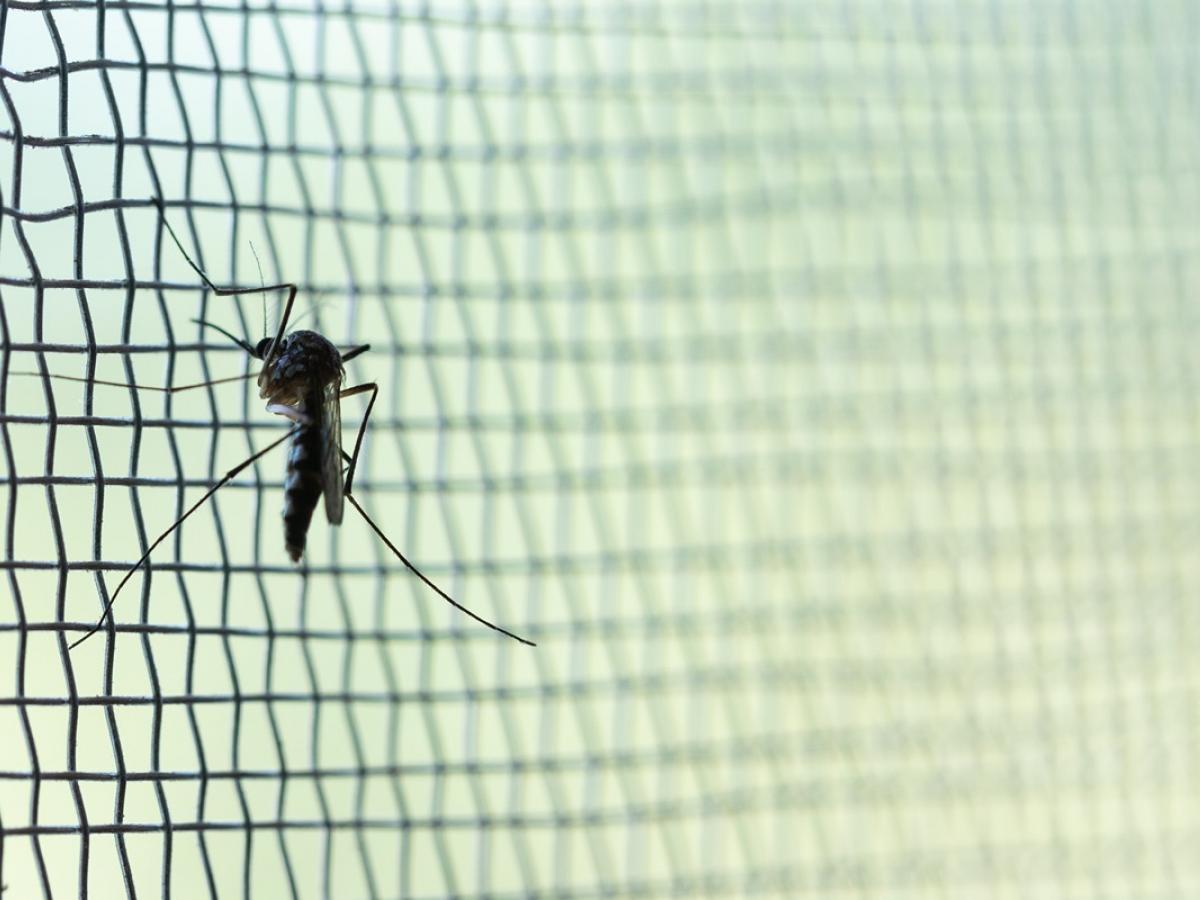Research informs WHO malaria net guideline update
The World Health Organisation (WHO) has updated its recommendation for malaria-preventing mosquito nets based on new research from the University of Adelaide.

Dr Timothy Barker, of the JBI Adelaide GRADE Centre, located at the University of Adelaide, led a team which proved the effectiveness of a combination of insecticides when used to treat malaria-preventing mosquito nets.
Mosquito nets treated with pyrethroid insecticides have been distributed into malaria-prone regions globally since 2005, but some mosquito populations have developed a resistance to the substance.
“The number of malaria cases actually increased in 2020, whereas there was a continued and steady decrease in the number of malaria cases observed from 2000 to 2019,” said Dr Barker.
“Given this, the WHO was interested in a new type of bed net that had been recently investigated in some clinical trials that might combat this issue.
“In order for any new recommendation for healthcare to be made, results from individual trials need to be systematically reviewed. As experts in research methodology, systematic reviews and the development of guidelines for recommendation, the WHO asked us to assist them in this process.”
Dr Barker’s team analysed the results of randomised controlled trials conducted in the Republic of Benin, Burkina Faso and Tanzania, where mosquitoes were demonstrated to be resistant to the standard insecticide. They found combining pyrethroid insecticide with chlorfenapyr improved its effectiveness.
“Chlorfenapyr acts as a synergist to the pyrethroid insecticide by disrupting the mosquito’s ability to produce energy. This increases the ‘killing effect’ of the net with no additional harm to the person sleeping under it,” Dr Barker explained.
The WHO has updated its malaria guidelines to include nets treated with pyrethroid-chlorfenapyr, as well as with a less-effective pyrethroid-pyriproxyfen combination. Sleeping under a mosquito net is one of the best ways to protect against mosquito bites that spread malaria.
In 2021, nearly half the world’s population was at risk of malaria. There were an estimated 247 million cases and 619,000 deaths worldwide in that year.
“To directly contribute to a recommendation that will prevent people from developing malaria, and subsequently reducing the number of people that may unfortunately die due to this terrible disease is something that I am extremely proud of,” Dr Barker said.
“To do this work on behalf of the University of Adelaide, using the resources and skills that I have developed as both a student and researcher of this institution I believe is a testament to the international impact that our University can provide.”
The University of Adelaide’s systematic review is published in PLOS ONE.
Dr Timothy Barker, PhD, Research Fellow, Health Evidence Synthesis, Recommendations and Impact, School of Public Health (HESRI), Deputy-Director, JBI Adelaide GRADE Centre, University of Adelaide. Mobile: +61 0410 116 294, Email: timothy.barker@adelaide.edu.au
Johnny von Einem, Media Coordinator, The University of Adelaide. Mobile: +61 0481 688 436, Email: johnny.voneinem@adelaide.edu.au
